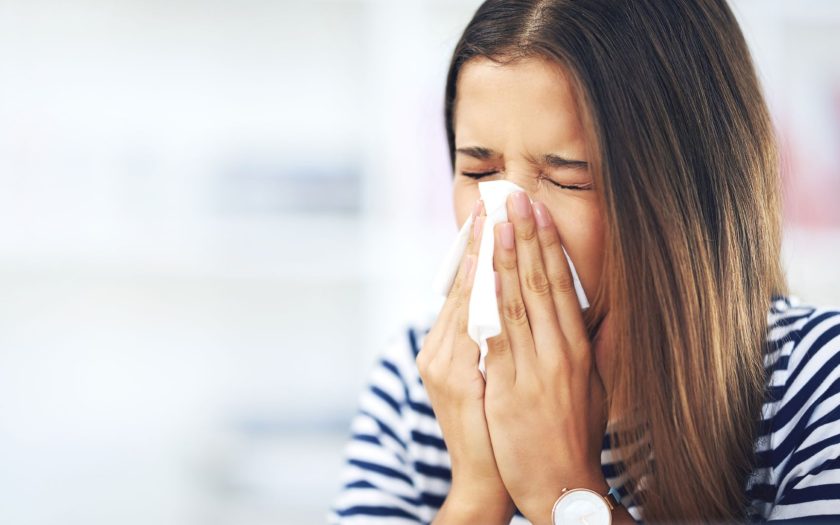Alcoholic beverages.
People who suffer from asthma or seasonal and chronic allergic reactions often notice that their symptoms are exacerbated after drinking certain types of alcohol. Liqueurs and cocktails can be especially dangerous for such people, as they contain too many artificial colours, flavours and other chemical compounds that can be additional allergens. Therefore, if you know that you have an allergy, it is better to reduce the consumption of such drinks, especially during an exacerbation. Because during an exacerbation, it is necessary to take medications ( such as Zyrtec, Relent) and use sprays to relieve symptoms, the combination of which with alcoholic beverages drinks can be dangerous to health.
Decorative and houseplants.
Decorative plants can be a serious irritant for people with allergies, as they release pollen, essential oils, and other substances that trigger bodily reactions. Flowering plants, such as lilies, orchids, chrysanthemums, geraniums, are particularly dangerous, as their pollen can irritate the mucous membranes of the nose, eyes and respiratory tract. Even if a plant does not produce large amounts of pollen, its fragrance or the evaporation of essential oils may cause headaches, sneezing, throat itching, and even asthma attacks.
Another danger is houseplants, where dust accumulates on the leaves and soil and mold spores multiply. The humid environment in plant pots promotes mold growth, which is one of the strongest allergens and can lead to severe respiratory irritation or even chronic coughing. Additionally, contact with the leaves of certain plants, such as ficus or dieffenbachia, may cause allergic rashes and skin irritation in some individuals. It is especially important to be cautious during the active blooming period of decorative plants, as their impact on the body is most pronounced at this time. If you notice allergy symptoms after exposure to certain flowers or houseplants, consider replacing them with less allergenic varieties, such as cacti, succulents, or other non-pollinating plants that do not encourage mold growth.
Use of low-quality furniture.
Low-quality furniture can be one of the main reasons that aggravates the symptoms of an existing allergy. Because, at first glance, such furniture may look stylish and beautiful, but inside it often contains potentially hazardous substances. Cheap materials such as particleboard, plywood, or synthetic upholstery can emit toxic fumes, including formaldehyde, phenols, and other volatile organic compounds. All of this can lead to a worsening of existing allergic reactions and significantly worsen your condition. Moreover, inexpensive furniture often has a porous structure that quickly accumulates dust and allergens, posing an additional risk for individuals with chronic allergic conditions. Therefore, when choosing a sofa or other furniture, you should give preference to natural materials — wood, metal, fabrics without synthetic impurities. It is also important to pay attention to quality certificates and environmental safety of the product.
Intense physical activity.
While exercise and an active lifestyle are beneficial, excessive physical exertion can aggravate allergic reactions and intensify symptoms. During high-intensity workouts, the body operates at its limit—breathing rate increases, allowing more allergens to enter the respiratory system. This can lead to coughing, nasal congestion, or even asthma attacks. Additionally, physical activity triggers the release of histamine, a chemical responsible for allergic reactions. As a result, some individuals may experience skin itching, rashes, or even hives after exercising. To reduce the risk of allergy flare-ups, it’s advisable to train in well-ventilated spaces or choose times when pollen levels are lower if exercising outdoors. Wearing breathable, natural-fiber sportswear, staying hydrated, and maintaining moderate workout intensity can help prevent unwanted allergic reactions.

